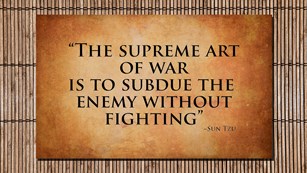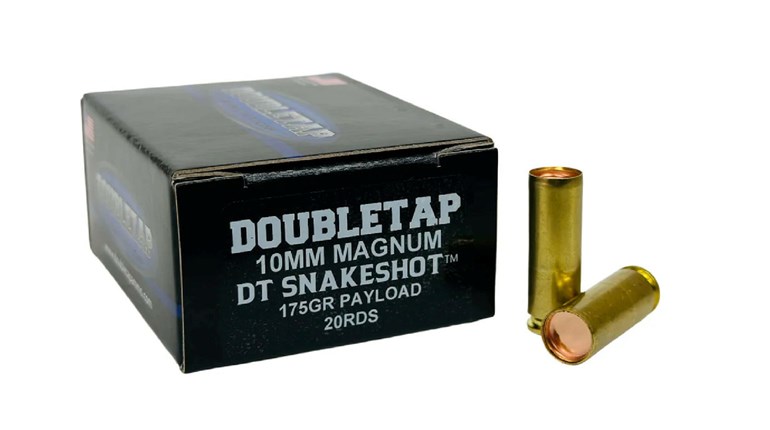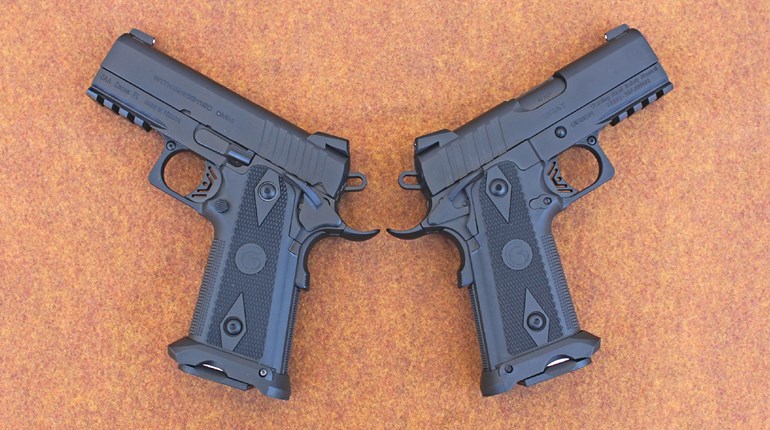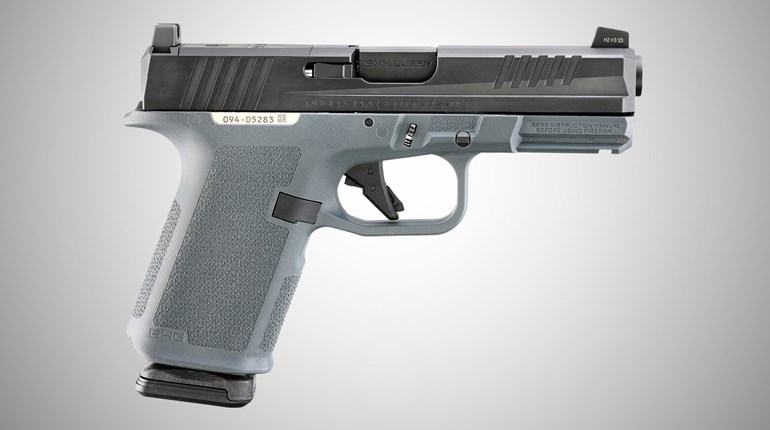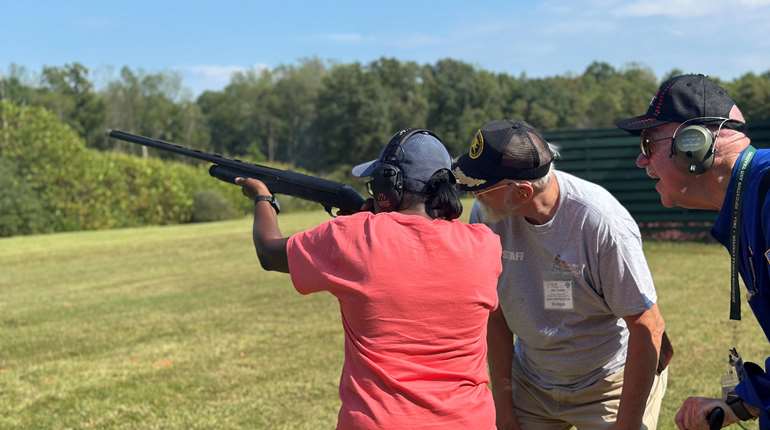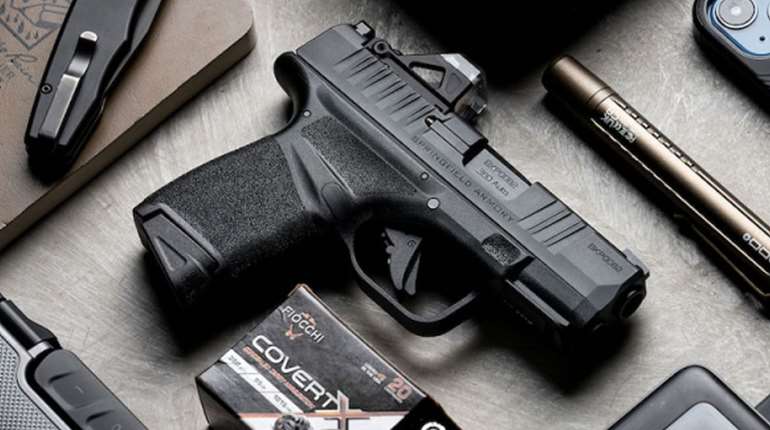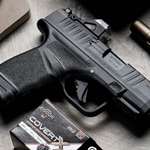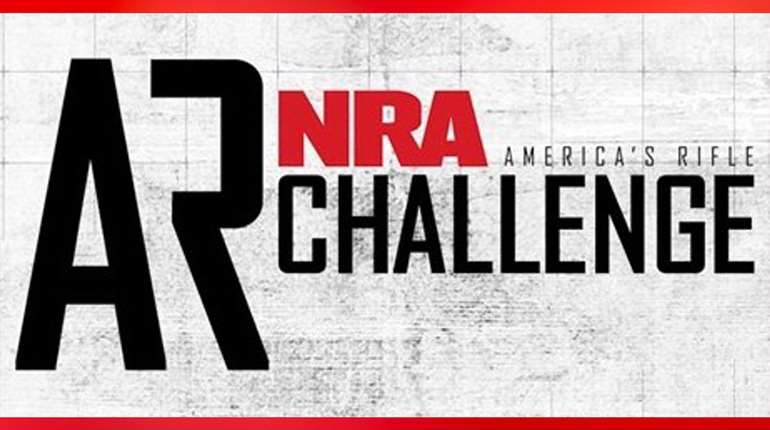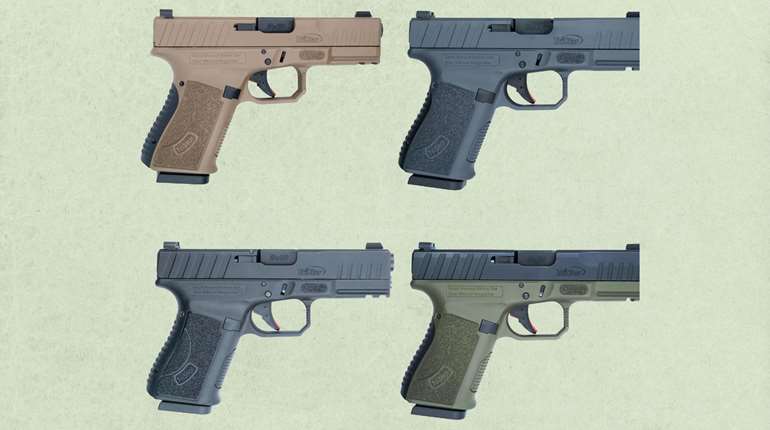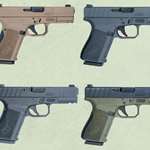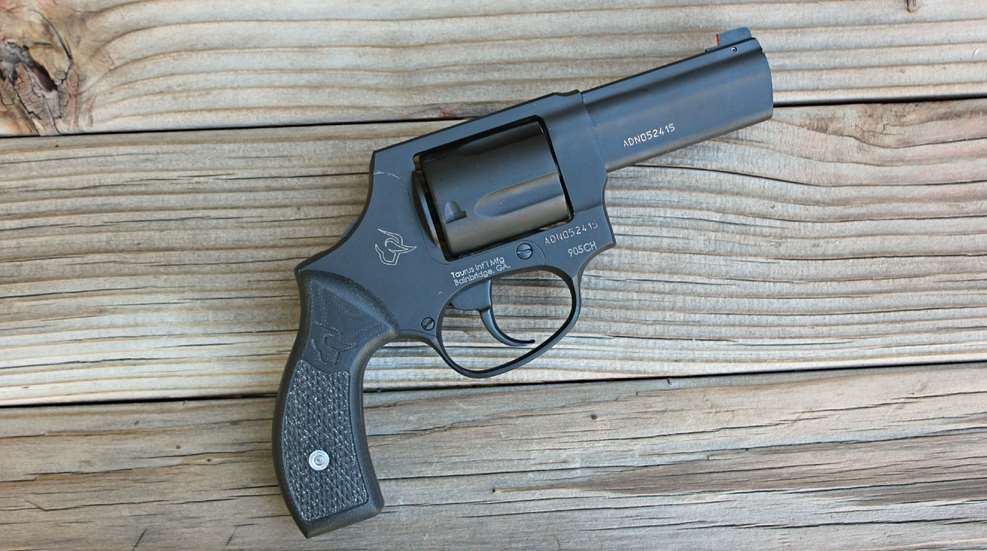
For those who prefer small wheelguns, it's helpful to know that they don't have to be chambered for rimmed cartridges like the .357 Mag., .38 Special or .22 LR. They can also be chambered in popular semi-automatic cartridges as well, including the 10 mm Auto, .45 ACP and the relatively inexpensive and plentiful 9 mm. More ready-to-carry 9 mm models are available than you might expect, including the Charter Arms Pitbull, Chiappa Rhino, Ruger LCR, LCRx and SP101 revolvers, the Smith & Wesson 993, and the Taurus 905 series.
This conversation touches on the advantages and trade-offs that come with snub guns chambered in 9 mm. To illustrate these points, I spent time evaluating the sleek bobbed-hammer, double-action only TALO Distributor's Special Edition Taurus Model 905 with a 3" barrel, an Ameriglo front night site, and a classically-styled compact G10 Grip.

This 3” barrel version of the Taurus 905 is a TALO exclusive edition.
The Dark Star Gear team was kind enough to send out a pre-release model of their inside-the-waistband Apollo holster sized for the 905. Made with tough, lightweight Boltaron polymer, this holster slips easily into place and stays put thanks to the useful belt hook design. It made wearing this revolver both comfortable and convenient.
The 9 mm Pistol Cartridge: A Shooting Star
The number one reason to choose a carry revolver chambered in 9 mm is the 9 mm cartridge itself. One of the reasons this cartridge is favored for defensive pistols due to its moderate levels of felt recoil. This controllable kick remains when firing this ammunition from small revolvers. Recoil remains in the .38 Special to .38 Special +P range, or, it’s similar to that of the smaller “Micro Nine” style pistols.

The front sight features a bright orange outline around a tritium lamp.
The 9 mm's popularity makes it plentiful and easy to find. Not only that, the 9 mm may well be the most commercially researched round available. This translates into an exceptionally broad selection of bullet styles, pressure levels and price points. Although ammunition costs are higher than they were a few years ago, 9 mm continues to be one of the most affordably priced center-fire pistol cartridges available.
And best of all, it shares cartridge compatibility with many pistols and pistol-caliber carbines (PCC). If you already own other semi-automatics chambered for this round then you can feed your revolver out of the same boxes of ammunition. This saves money since you won't have to stock up on revolver and semi-automatic cartridges.

The hammer has been rimmed off, or bobbed, for a snag-free profile.
Under the Full Moon Clip
In order for a given cartridge to function properly in a revolver, two of the more important mechanical requirements which must be met include proper headspacing and ejection. When gun makers use “headspacing” as a verb, it means preventing the cartridge from traveling too deeply into the chamber. If the cartridge rests too far forward in the chamber then the firing pin can't reach the primer. This means the gun will not fire. But if the cartridge does not move forward far enough into the chamber then the back end of the cartridge will jut out and prevent the cylinder from locking in place or rotating when the action is closed.

Dark Star Gear offers Apollo holsters sized for a variety of small-frame revolvers.
How spent shell cases are ejected from a revolver depends on what type of wheel gun it is. The old cowboy style single-action revolvers with fixed cylinders have a spring loaded rod attached under the barrel which is used to press each spent case out one at a time. Double-action revolvers with swing out cylinders, like the Taurus 905, use a shorter ejection rod that runs through the center of the cylinder. This rod is topped off with a metal plate called an ejection star that is shaped to fit in and around the cylinder’s chambers. Pressing on the ejector rod moves the star out and away from the cylinder to partially or completely eject all of the spent cartridge cases at the same time. The swing out cylinder with this ejector assembly makes double-action revolvers much faster to reload than single-action revolvers.

The Taurus 905’s thin, 5-round moon clip is made from stamped and heat treated sheet steel.
Cartridges with straight cases and rims around their bases, i.e. rimmed cartridges, are favored for revolvers because the case rim addresses headspacing and ejection requirements. The rim is slightly wider than the chamber opening which prevents the cartridge from traveling too far into the chamber. When actuated, the ejector star presses against a portion of the rim to eject the spent cases or unused rounds from the chambers.
Ammunition designed for semi-automatic pistols has rebated rim, or rimless, cartridge case which is the same diameter from top to bottom. This allows it to load easily and fit neatly into removable box magazines. But rimless cases call for different revolver solutions than rimed cases.
When rimless ammunition is fired from revolvers, the rounds are headspaced from the mouth of the cartridge case, where the bullet is inserted, instead of from the base like a rimmed cartridge. The cylinder's chambers are milled with a raised lip inside of them which stops the cartridge from moving forward at just the right depth. But the absence of a rim means there's nothing for the ejector star to grab on to in order to press spent cases out.

This revolver arrives with a total of five moon clips.
The ejection problem was first addressed in 1908, just before World War I. When it was discovered that the U.S. military's recently adopted M1911 pistol could not be manufactured quickly enough, the leadership turned to Smith & Wesson and Colt for a supply of revolvers to make up the difference. However, these wheel guns would need to be chambered in .45 ACP, just like the M1911.
The result of their efforts would be the M1917 revolver and “moon clips.” These thin, stamped and heat-treated steel clips are essentially reusable ejector star plates that clamp into the groove in front of the cartridge's rebated rim. They shipped in 3-round (half moon) or 6-round (full moon) configurations at that time. Today, full moon clips are the most common type in production. The Taurus 905 arrives with a total of five full moon clips sized for this revolver's 5-round capacity. They act like a speed loader by holding five cartridges together so that they can be dropped in together and ejected together.

Although the 9 mm cartridges will seat properly in the cylinder, the 905’s ejector star slips right past the cases without a moon clip.
The Dark Side of the Moon Clip
If semi-automatic cartridge compatible revolvers and moon clips have been available for well over a century, why aren't they more popular today? Most likely they have remained on the sidelines because the use of moon clips adds a layer of complexity to a simple to use handgun action.
With a double-action revolver chambered for rimmed cartridges, all you really need is the gun and the ammunition. Revolver cartridge belt loops, belt pouches, quickstrips and speed loaders are all handy accessories to speed up the loading process. However, loose rimmed cartridges can be loaded in one at a time from a coat pocket and ejected reliably as-is and unaided, no accessories required.

With a moon clip installed all five cartridge cases are extracted together when the ejector rod is pressed.
Moon clips are small, hard to keep track of (I recommend a magnet or a BB key chain) and relatively easy to bend if they are not handled with some care. If bent or lost, then they have to be replaced. The clips must be manually loaded before use and after they have been fired, the spent cases need to be removed. In some instances the clips are tight enough that tools are required to get the spent cases out. And if a bent clip does make its way into the cylinder it may cause the revolver to misfire.
In short, some folks find moon clips bothersome. But my shooting experience has been that working with moon clips is no more cumbersome than other platforms that require “extra steps” to keep them running. If a particular gun and ammunition combination is meeting your needs and expectations, then the steps needed to keep it running are just part of the routine.

All ammunition tested loaded, fired and extracted without any issues.
As stated previously, the number one reason to own a 9 mm revolver is the less expensive and readily available 9 mm cartridge itself.
Taurus 905 Performance and Handling
Firing ammunition from a different type of action than the one it was designed for can change its performance, (accuracy and energy) along with how much felt recoil it generates. In general, I agree with other gun reviewers who say 9mm generates a bit more recoil in a snubby revolver than .38 Spl. But how much more depends on ammunition selection.
It should be noted here that bobbed hammer, double-action only short-barrel revolvers are not for beginners regardless of the gun's make, model or caliber. The long, heavy trigger pull (more than 12 lbs.) of this version of the Taurus 905, along with its slim compact grip, takes practice to master. I enjoyed working with this model but folks who are new to the platform should consider a standard Model 905 with an exposed hammer, a lighter trigger pull and a more hand filling rubber grip. In regards to accuracy, this gun was on par with other small-frame Taurus revolvers I've worked with.

Parting Shots
As with any defensive handgun option, small revolvers chambered for 9 mm come with a unique set of benefits and trade-offs. Are snub guns chambered for 9 mm going to eventually replace .38 Specials in the same way 9 mm pistols have supplanted .45s and .40s? Since I buy my crystal balls online just like everyone else, I can't say for certain. But there is a strong case for going with a 9 mm revolver if you already shoot other guns in the same caliber. And once you get past the investment in the support gear, it will cost less to shoot than a .38 Special.
For more information about this and other Taurus 905 models, visit taurususa.com.

